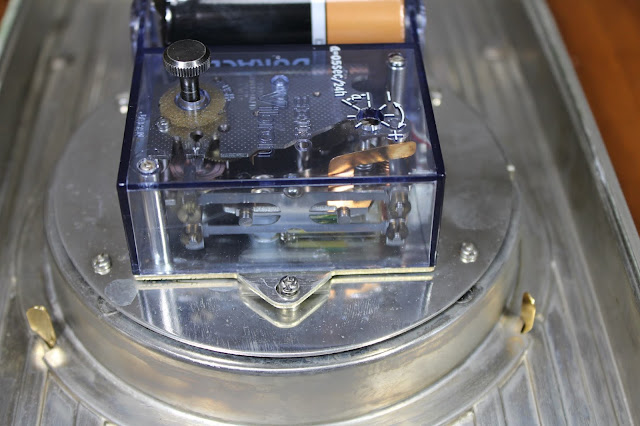Why Time Vectors? My online clock collection.
Why "Time Vectors"? My online clock collection.
Introduction
"Time" is about timepieces. "Vectors" is a quantity and a direction or angle, extending my interest to navigation, to history (direction) of timepieces, national timepiece industries and the influence of timepieces on society.My online clock collection. More museums could do the same as it is hard to vist them in person. Online allows mutiple photos or views to show the details of timepieces.
Personal drivers
I have diversified my retirement interests from radio and computers to timepieces. Originally my interest was in figurine clocks, as I like Art Nuvo and Art Deco, but on reading about the history of timepieces I have concentrated on historically significant timepieces and related artifacts.Navigation is in my family history. My grandmother's great uncle was Wills, a surveyor, of Burke and Wills fame. They were the first European explores to cross Australia from south to north and back, quite a feat of navigation for the mid-1800s. Unfortunately, Burke and Wills perished as they took too long to return to the base camp but one of the party survived to tell the tale. Wills watch, used for navigation, was recovered and is in the Australian National Museum.
With an interest in historically significant timepieces, I can identify items that I would like to collect, hopefully without paying to much; museums have deep pockets. However, such timepieces are not necessarily sought by collectors or necessarily all that rare. As I write about particular national timepiece industries, the significant timepieces can be identified and guide collecting. Similarly, changes in clock technology guide collection. However, all is not too dry and I will be seeking novel clocks too.
Some significant timepieces
A marine chronometer is probably a must for a collection, for both its technology and its impact on national economies. However, it doesn't need to be a particularly early one as the design didn't change much for over a century.In my mind, a very historically significant clock is the first mass-produced, wooden movement clocks made by Eli Terry in the USA in the early 1800s. Mass production of clocks and watches was to develop in the USA in isolation from Europe but be adopted by the Swiss and Japanese in the late 1800s with the consequent demise of other national industries thereafter.
Railroad timepieces were essential to keeping trains running on time from the mid-1800s onward in many countries. Of particular significance is the American railroad standard chronometer that came after the major train crash at Kipton in 1891 where it was found that an engineer's clock was 4 minutes in error.
Early quartz clocks are important for marine, commercial and domestic clocks. The workings of the early quartz clocks are more evident than modern ones and can be quite pretty; gold-plated crystal in a glass enclosure.
Some other proposed posts
Marine chronometers were central to the industrial revolution in England as it was based on textiles using imported cotton from distant lands and the export of finished fabrics.Accurate clocks are central to military operations for navigation, particularly navel, and for sequencing of action. A number of major military victories in countries as diverse England and Japan were one army had accurate clocks and the other didn't.
Gallery
The wooden gears or wheels of an Eli Terry patent, mass-produced American clock c1830.
The workings of a marine chronometer, substantially unchanged in other a century.
A Bulle battery powered pendulum clock c1930. I thought these could exist before I recently found who makes them. Currently seeking similar.
The timebase of an early Seiko quartz ship's clock, with the quartz crystal at the far right, c1960s.
A GPS satellite disciplined clock on my desk. The GPS antenna is outside. The temperature controlled oven for the quartz crystal is to the right of the bigger circuit board. As used in mobile phone networks. c2000. Almost as accurate as atomic clocks.








Comments
Post a Comment